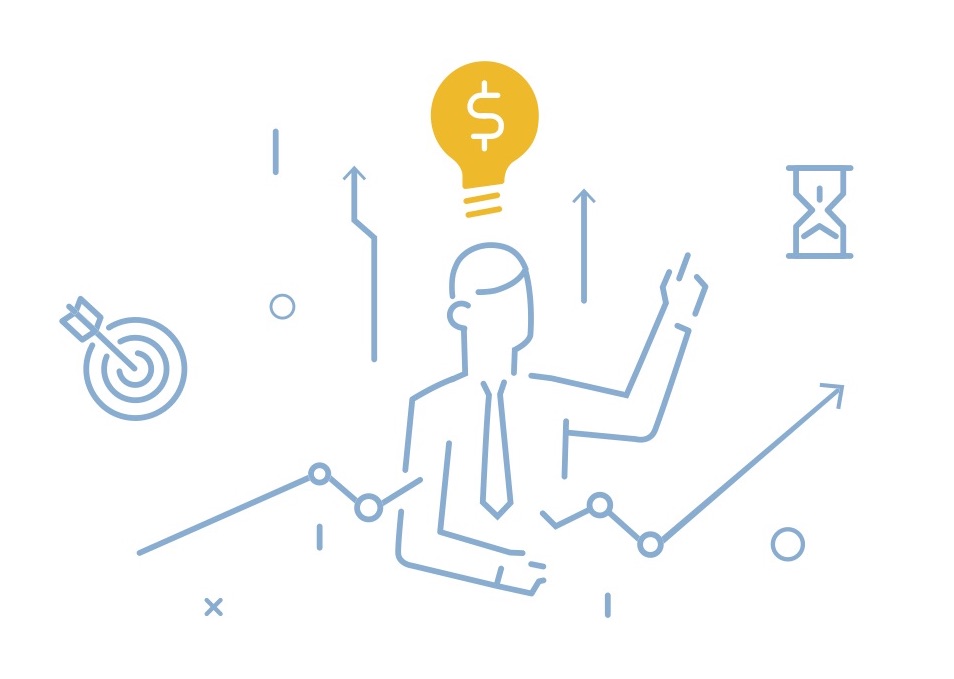What Is A Business Model? It’s Not What You’ve Been Told.
What is a business model? It’s a question asked frequently on Google Search, so there must be doubt in businesspeople’s minds.
The reason for the uncertainty is clear. The term business model sounds like a thing – a completed canvas, a written document, a spreadsheet with macros. But it’s not a thing, it’s a lived experience, for both business executives and their customers.
The Austrian Business Model
In a recent edition of the Economics For Entrepreneurs podcast with Dr. Per Bylund of Oklahoma State University, we described a very different kind of business model framework we called the Austrian Business Model, based on principles of Austrian economics. It’s a recipe for business success. We chose the term “recipe” purposefully, to communicate these features:
- A recipe is a non-linear process: there are inputs and outputs, there are many different sub-processes progressing at different rates designed to integrate at critical points, and subject to adjustment by the operator as new information is revealed (“the oven’s on fire!”; or, “this tastes like it needs more salt”).
- A recipe is dynamic. All parts of it are in motion all the time – assembling, combining, mixing, cooking.
- A recipe is adaptive. If the chef does not have all the ingredients at hand, he or she may substitute or leave out some elements. If a guest does not like some ingredient, the chef might work around it. New methods of cooking may lead to a better outcome with the same ingredients. There is learning from experience about what techniques work best.
Like a recipe, a business model is also a non-linear process, dynamic, always in motion, adaptive and improved with experience and learning. And, like a recipe, it unites multiple lived experiences. There is the chef’s lived experience, operating the recipe this time, as well as applying accumulated experience from previous times, and perhaps the inherited experience of family members from past time. And there is the lived experience of the recipient who tastes the output, in the context of a dinner party or a family meal. An experience is always shared.
In fact, the focus on experience is critical in a business model. Its end result is a value experience – value perceived by a customer, sufficient to justify the price they’re willing to pay for anticipated value, sufficient to deliver value in the use experience, and sufficient to support an assessment of value after the fact, looking back on whether the experience met expectations.
The experience-centric business model
An experience-centric business model traverses four phases of value learning for the entrepreneur.
Understanding Value
The foundation of a business model is an understanding of value for a specific set of customers. There are conventional business models that talk of “creating value” – whether that is the economic value of returns on capital that are higher than the cost of that capital, or shareholder value in the form of higher stock prices, or even brand value and product/service value. But all of these routes to “value creation” are misdirections. Firms can’t create value. It is customers who create value through their experiences. Value is something customers experience after they have made the economic calculation to buy a product or service, used it, and then stepped back after usage and assessed the experience compare to their going-in expectation. Value is formed in the customer’s domain, and not by the producer.
That’s why economists refer to value as subjective. It’s a perception that varies with each individual customer, with changes in context, and with changes in time and circumstances. The task of the business model developer is to understand the subjective value preferences of a specific set of customers in a specific context at a specific time.
Value Facilitation
Producers can suggest to customers that they can help them bring about the value experience they seek. The word “help” is important. Operating a business model is not an exercise in “making things happen”, it’s the art of helping them to happen.
In the business literature, there is talk of the design process – designing experiences for customers based on listening to their feedback. That is all very well-intentioned, but it doesn’t quite capture the art of value facilitation. Customers form value through cognitive, mental and emotional processes, consciously or unconsciously, interpreting interactions and information and constructing an interpreted and experienced reality within which their feelings of value are embedded. Value is formed in people’s life experiences and it’s not the role of the producer to act as designer.
Producers and marketers must ask, how does the customer live their life? What is the life context? What are the challenges the customer faces? These and many more questions prepare the producer to humbly request to fit in and contribute to the customer’s life. If invited in, there is the possibility of value facilitation.
Value Exchange
Your customer is going to undertake a complex subjective balancing of the value they perceive based on your proposition and their own willingness to pay, in the context of all their alternative choices and any historical experiences they have had, either with your proposition or others. You can try to understand their process, but you can’t direct it. For example, you can’t set pricing. The customer determines the price they are willing to pay, and the producer’s job is to discover that price, through testing. Therefore your revenue model must balance the price the customer decides upon, with the costs you choose to include in assembling your offering. Costs are never forced upon businesses – they are always chosen. In the Austrian business model, entrepreneurs buy as many inputs as possible on the market, where costs are known and are rendered efficient through competition, as opposed to keeping costs internal, where they can’t be known exactly and may be unstable or hard to control. Your margins are emergent from this equation of customer-chosen pricing minus entrepreneurially-chosen costs. Don’t try to set margins in advance.
The best metric to monitor is not margin or profit, but cash flow. Keep it positive, monitor it weekly, and adjust to its signals.
Value Agility
Once invited into the customer’s experience, the producer has an opening to act as the value facilitator-on-the-spot for the customer. As the customer lives the experience – operates the recipe – there will be questions, unexpected occurrences, errors to fix, context changes, and many more unanticipated twists and turns.
The entrepreneur’s business model secret at this stage is agility. Business models that talk about strategic pillars and similar unchanging elements risk failure in the light of customer volatility and change.
A key to success lies in good feedback loops. Your business model must prepare your firm to be dynamic in response to customer preference changes and all the new information coming to you from the market every second, minute and hour. If you don’t maintain dynamism, your business model will weaken and your grip on competitive advantage will loosen. Your value proposition must strengthen and improve continuously. Your model of customer preferences must be kept fresh. Your value facilitation must demonstrate continuous improvement at a faster rate than the customer’s value experience erodes.
Empathy, humility, adaptability, and agility. These are the components of the contemporary business model. There’s a framework you can use to shape these components for your own unique application of the model, in The Austrian Business Model video.






